Gallery of Florence and the Pitti Palace Paris, 1789–1807
Original etching on wove paper
Sheet size: approx. 54 x 36 cm
Designer: Jean-Baptiste Wicar
Engraver: Claude-Louis Masquelier
Artistic direction: Pierre-François-Léonard Fontaine
Commentary: Mongez l'aîné, Académie des Inscriptions et Belles-Lettres
This rare plate is taken from the imposing work “Galerie de Florence et du Palais Pitti”, published between 1789 and 1807 in Paris. This ambitious undertaking aimed to disseminate the masterpieces of the Medici collection through an exceptional corpus of engravings, both artistic and scholarly. It brings together three major subjects from Roman Antiquity:
• Faustina Jeune, Empress and wife of Marcus Aurelius, represented here in a seated statue with virtuoso drapery, an ancient copy of a Hellenistic original.
• Head of Augustus, captured on a sardonyx intaglio, the incarnation of enlightened power and imperial temperance.
• Head of Nero, from an ancient cameo, recognizable by its heavy features and fierce expression, a symbol of decadence and cruelty. Faustina Jeune is shown in a majestic and calm posture, dressed in a long peplos whose folds are rendered with remarkable precision. The work fascinates by the contrast between the torso sculpted from a single block and an added head, raising the question of ancient and modern restoration.
Mongez's essay accompanying the image also revisits her controversial reputation in Antiquity: accused of loose morals, she was protected by her husband against court pressure, giving this female figure an aura that was as much political as it was moral. The head of Augustus, engraved from a hard stone, is praised for the nobility of its features, their gentleness, and the wisdom they evoke. Here, he embodies the ideal of the enlightened prince, close to classical Greek figures such as Demosthenes, whose oratorical posture he is said to have imitated. This image, highly valued in the neoclassical era, fueled the political reflection of French elites around the notion of a virtuous Empire.
Finally, the head of Nero, opposite, stands in stark contrast to Augustus: the commentary emphasizes his hard gaze, his massive neck, his thick chin—signs of a brutal nature. The work here aims to be a moral work: it contrasts wisdom with despotism, balance with vice.
This very 18th-century approach reflects the desire to draw a political lesson from Roman history, at a time when France itself was searching between monarchy, Republic and Empire.
Characteristics of the plate
• Remarkably fine engraving, executed on large Annonay vellum paper.
• Explanatory text from the period printed on the back or on a double plate, written by Mongez the elder.
• Original print.
Condition Very good overall condition. Watermarked laid paper, intact margins, slight patina of age. Clear and contrasted printing. This plate combines the refinement of the line, historical richness and the moral view of Antiquity. It embodies neoclassical taste, 18th-century erudition, and the timeless beauty of Roman imperial profiles. Ideal for a scholarly library, a cabinet of curiosities or a wall gallery.







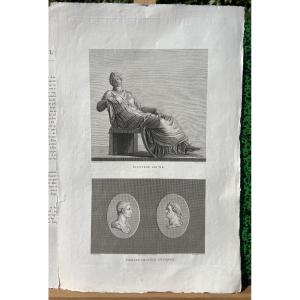










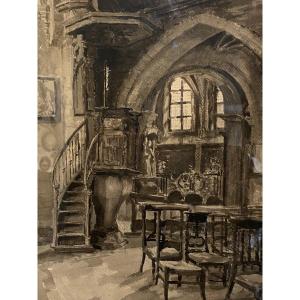
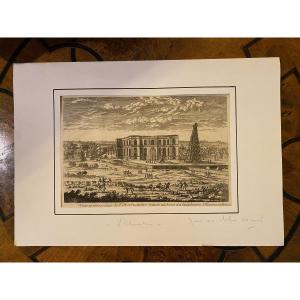

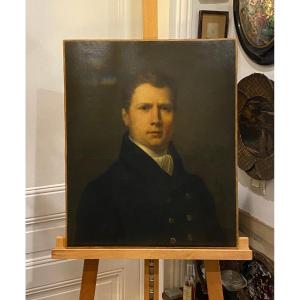

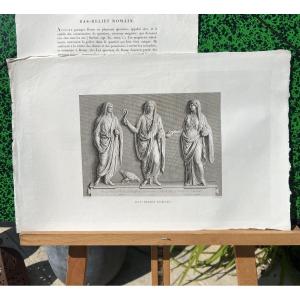



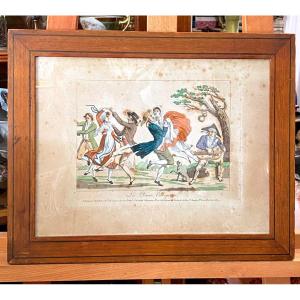

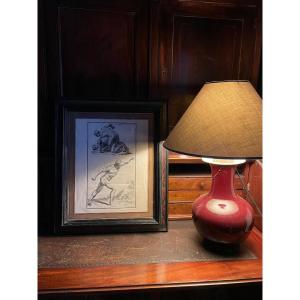
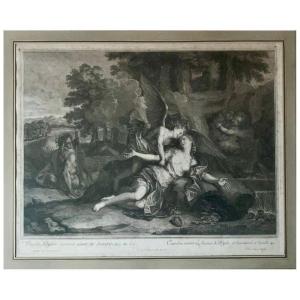

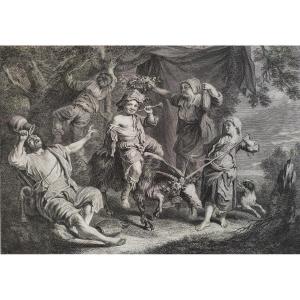



 Le Magazine de PROANTIC
Le Magazine de PROANTIC TRÉSORS Magazine
TRÉSORS Magazine Rivista Artiquariato
Rivista Artiquariato